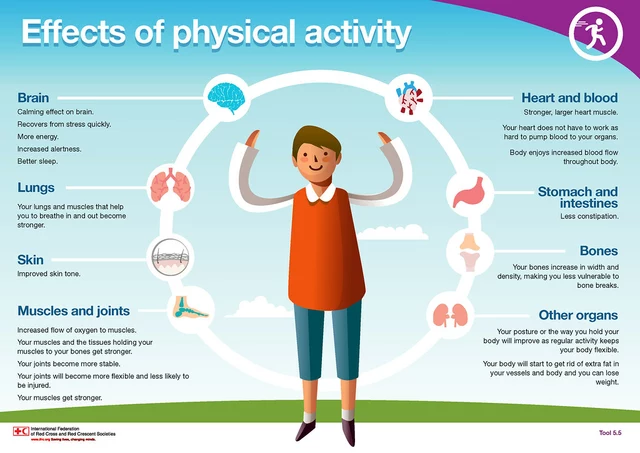Anti-Inflammatory Treatments: What Works and How to Use Them
If you’re dealing with sore joints, chronic pain, or swelling, you’ve probably heard the word “anti-inflammatory” a lot. But what does it really mean, and which treatments actually help? Below we break down the most common options – both prescription meds and natural alternatives – so you can pick what fits your needs.
Prescription anti-inflammatories you’ll see often
The go‑to drugs for inflammation are NSAIDs (non‑steroidal anti‑inflammatory drugs). Ibuprofen, naproxen, and aspirin belong to this group. They block enzymes called COX‑1 and COX‑2, which reduces the chemicals that cause pain and swelling. For most people a low dose works fine, but higher doses can irritate your stomach or raise blood pressure, so always follow the label or ask a pharmacist.
When NSAIDs aren’t enough, doctors may prescribe stronger options like corticosteroids (prednisone) or disease‑modifying drugs such as methotrexate. Steroids act fast by suppressing immune activity, but long‑term use can lead to weight gain, bone loss, and higher infection risk. Keep regular check‑ups if you’re on these meds.
Natural and over‑the‑counter alternatives
Not everyone wants a pill every day, so many turn to natural anti‑inflammatories. Omega‑3 fatty acids found in fish oil or flaxseed can lower inflammation markers when taken consistently. Curcumin – the active ingredient in turmeric – works similarly, especially when paired with black pepper for better absorption.
Herbal supplements like ginger, Boswellia, and even garlic (think Lasuna) have modest research backing their anti‑inflammatory properties. They’re generally safe but can interact with blood thinners, so chat with a healthcare professional before adding them to your routine.
Topical solutions are another handy choice. Creams or gels that contain diclofenac, menthol, or capsaicin provide localized relief without affecting the whole body. Apply them after cleaning the skin and you’ll notice reduced pain within minutes for many users.
How to choose the right treatment
Start by identifying why you need anti‑inflammatory help. Acute injuries, like a sprained ankle, usually respond well to short‑term NSAIDs or ice packs. Chronic conditions such as arthritis often require a blend of medication, supplements, and lifestyle tweaks – regular movement, weight control, and balanced nutrition all play a part.
Watch for red flags: stomach pain, unusual bruising, sudden swelling, or persistent headaches could signal side effects. If any of these appear, stop the product and contact your doctor.
Finally, keep a simple log of what you take, dosage, and how you feel each day. This record makes it easier to spot patterns, discuss adjustments with your provider, and stay on top of your health.
Anti‑inflammatory treatment isn’t one‑size‑fits‑all, but with the right mix of medication, natural options, and smart habits you can manage pain and keep moving forward. Start small, listen to your body, and don’t hesitate to ask a pharmacist or doctor for personalized advice.
11
Prednisone Alternatives: Top 10 Steroid-Sparing Treatments & Lifestyle Changes in 2025
Find out what doctors really recommend for prednisone alternatives in 2025, including effective drugs and lifestyle tweaks for safer inflammation control.
Latest Posts
Popular Posts
-
 Acromegaly: Understanding Excess Growth Hormone and Effective Treatment Options
Acromegaly: Understanding Excess Growth Hormone and Effective Treatment Options
-
 Dangerous Hyperkalemia from Medications: Cardiac Risks and Treatment
Dangerous Hyperkalemia from Medications: Cardiac Risks and Treatment
-
 GLP-1 Side Effects: How to Manage Nausea, Dosing, and Realistic Expectations
GLP-1 Side Effects: How to Manage Nausea, Dosing, and Realistic Expectations
-
 Medication-Induced Diarrhea: How to Prevent and Treat It Effectively
Medication-Induced Diarrhea: How to Prevent and Treat It Effectively
-
 Allergy Action Plan: Essential Medications to Carry and When to Use Them
Allergy Action Plan: Essential Medications to Carry and When to Use Them



